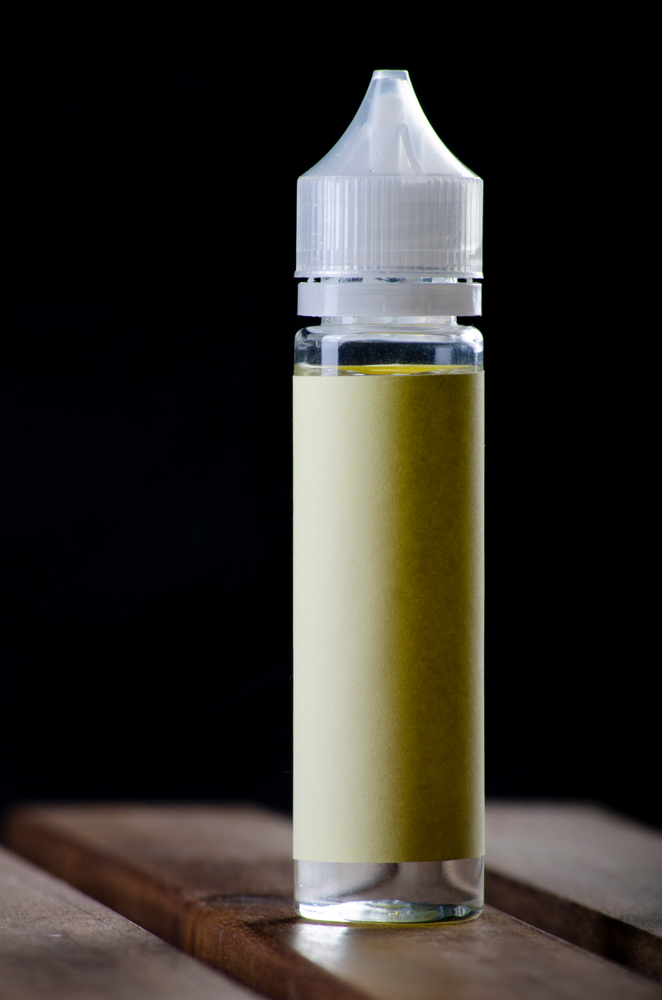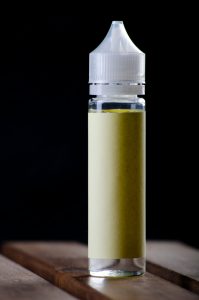
Vaping has become quite popular as many people choose e-cigarettes as a substitute for regular smoking. But as vaping’s attractiveness to young people increased, so did questions about its health effects. Different governments all around have passed rules controlling the use and selling of e-cigarettes and e-liquids. These laws have affected e-liquid sales significantly, therefore altering consumer behavior, pricing, and industry trends. Industry players as well as customers depend on an awareness of how vaping regulations influence the e-liquid market.
Regulation on Flavors
The prohibition on flavored e-liquids is among the most powerful vaping rules implemented in many areas. Lawmakers contend that flavored e-liquids especially fruit and candy flavors draw young people to vaping. Many places have so instituted prohibitions or limitations on certain flavors. These rules have reduced the range of e-liquids on the market, therefore restricting customer choice. Although this could have caused general sales to drop, some producers have turned their attention to tobacco-flavored products which are still allowed in many places. The limitations have driven companies to adapt by creative thinking and discovery of fresh approaches to satisfy demand.
Age Restrictions and Sales Channels
Usually establishing the legal age at 18 or 21, vaping regulations also often have rigorous age limits on buying e-cigarettes and e-liquids. These rules seek to stop young people from getting vaping supplies. E-liquid sales have thus been impacted, especially in areas with rigorous enforcement of rules. Retailers physical as well as online have had to change to fit these rules. Less people eligible to buy the products has some people noticing a drop in sales. Nonetheless, the rules have also resulted in more age-verification instruments, therefore enhancing the general market credibility and safety.
Taxation on E-Liquids
One more crucial element affecting e-liquid sales is taxation. Many governments have instituted taxes especially targeted at e-cigarettes and e-liquids. Many times considered as a means of generating income and reducing consumption are these levies. Higher taxes may cause e-liquids to be more costly, which would cause some users to cut back on use or substitute less expensive options. High tariffs have occasionally led to the emergence of illegal e-liquid markets where users may buy unregulated goods at less cost.
Unquestionably, vaping legislation have affected the e-liquid market and changed the dynamics of the sector. From flavor limitations to age rules and fees, these laws affect how e-liquids are promoted, sold, and used. While some companies have struggled, others have discovered means of adaptation and success. It will be interesting to see how these rules effect e-liquid sales and the larger vaping sector going forward as the regulatory scene develops.








